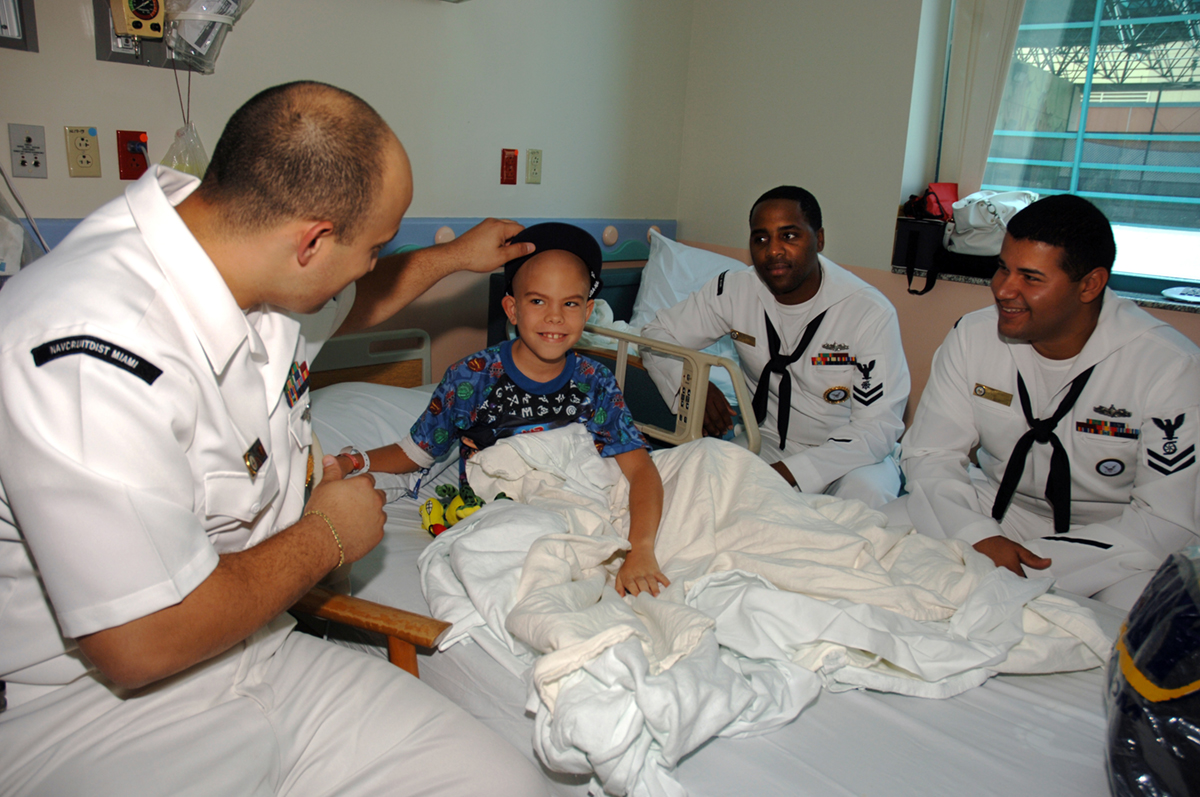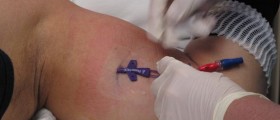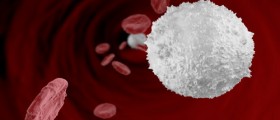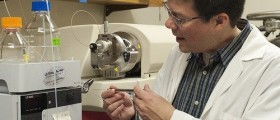
Introduction
Unfortunately, an estimated 3,500 children are affected with leukemia every year. The outcome of this type of cancer depends on the type of leukemia, time of diagnosis and the treatment. The earlier the leukemia is diagnosed and the better the chances for recovery and survival.
Leukemia is a malignant disease which is known as the cancer of the blood. It is the cancer of the bone marrow which regulates the production of the blood cells. In leukemia, the number of blood cells increases especially the white blood cells, leukocytes. Leukemia can be diagnosed at early stages, which greatly increases the chances of recovery. Certain symptoms and signs can be attributed to leukemia, therefore, once these leukemia symptoms in children become obvious it is recommended to seek medical help for an early diagnosis.
Symptoms
The immune system responds to various bacterial and viral infections, diseases and common colds by producing more white blood cells. White blood cells help the organism fight off the diseases and infections. In leukemia even though the production of these cells increases, the leukocytes do not resist the infections. Infections do not disappear even when medications, such as antibiotics, are included in the treatment. Infections are persistent and do not wear off quickly. The child can feel weak and feverish for a long time.Leukemia causes bleeding whether or not a child is injured. The child's nose or gums bleeds suddenly or wounds bleed profusely. Platelets are responsible for clotting the blood decreases in leukemia so the bleeding cannot stop. All over the body the child can be covered in small bruises or red marks of unfamiliar origin.
The blood cells accumulate in the liver and the spleen which results in a swollen abdomen. Children with leukemia usually have swollen and bigger stomach.
Lymph nodes are also affected. They become bigger and more noticeable. The lymph nodes get bigger whenever there is some kind of an infection in the organism, so it does not mean that is leukemia whenever the nodes are big. However, always visit the doctor in this case to make sure what is happening. The lymph nodes are larger in the neck area above the collarbone under the arms or in the groin. The ones in the chest or stomach are not visible but are seen through certain medical examinations.
Leukemia affects the nervous system too. The child feels weak, dizzy, loses balance and has frequent headaches. Vomiting and eye problems are also ymptoms.
Sometimes the face, chest, and arms swell and a child can faint. This comes from the inability of veins to transport the blood properly through organism. The veins are pressed by the swollen thymus, an organ which produces the cells during infections.















Your thoughts on this
Loading...